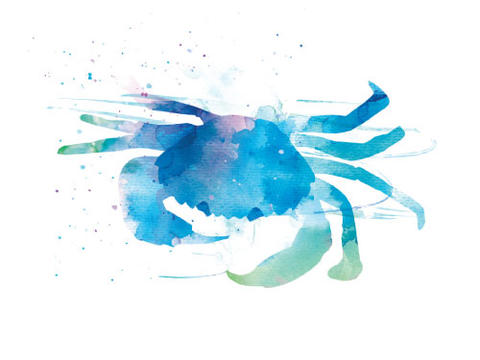
Seal counts 2013 show moderate growth of population
2013 was again a record-breaking year for Harbour seals in the Wadden Sea. The greatest number of Harbour seals, since the beginning of the Wadden Sea-wide seal count in 1975, were counted, informs the Trilateral Seal Expert Group (TSEG), consisting of experts from the Netherlands, Germany and Denmark.
Since the seal epidemic in 2002, in which half of the population died, this year’s harbour seal numbers describe a continuous growth for the tenth season in a row. The rather moderate growth rate of 2% launched a discussion between experts if the population growth is slowing down.
“The Wadden Sea seals are obviously forming a stable population and we are again very excited about the continuous growth.”, - says Jens Enemark, head of the Common Wadden Sea Secretariat in Wilhelmshaven, which is responsible for the seal monitoring coordination. – “it is a fantastic example of success of the common efforts to protect one of the key species of the ecosystem of the Wadden Sea World Heritage.”
The total count of 26,788 Harbour seals in the Wadden Sea was composed of 2,759 (613 pups) in Denmark, 8,342 (3,600) in Schleswig-Holstein, 8,082 (1,373) in Lower Saxony and Hamburg, and 7,605 (1,403) in the Netherlands. This is a total increase of almost 2% compared to 2012, while during the peak in pupping in June a total of 7,267 pups were counted, which is a decrease of 4% compared to last year’s number.
The individual results from the different areas reveal regional fluctuations: in Denmark there was a decrease of 30%, in Schleswig-Holstein the decrease was 10%, while the numbers increased by 25% and 16% in Lower Saxony/Hamburg and in the Netherlands, respectively. This westwards shift of the population provides evidence that Harbour seals are very mobile, possibly to optimise feeding and breeding and avoid disturbance. “This observed mobility underlines the need for a coordinated monitoring of the population within a narrow time window and covering the entire Wadden Sea.” added Jens Enemark. Considering the fact that seals spend a decent part of their life in the sea, a correction of the obtained numbers by including those animals in the water would lead to a total harbour seal number of 39,400.
A slightly different picture was observed for Grey seals, which are counted during the spring moult. The total counts were 2,785 Grey seals, which is a decrease of 31% compared to last year, while pup numbers increased at the same time. This total increase was due to mainly growing numbers in the Netherlands and on Helgoland. A number of factors might have affected the overall decrease: The experts of the TSEG consider the strong and long winter being responsible for a delay of the moulting period. Bad weather conditions and visibility during the counts of this season might have caused alterations in the numbers as well. The cold spring could also have affected animals approaching the Wadden Sea from outside, mostly from UK waters. The results of the years to come will reveal if there is a change in the population development, which is not expected by the experts as pup numbers still increase.
The differences in the counting methods and timing are due to the differences in the life cycles of the two seal species, with Grey seal pups to be born in mid-winter. To see the detailed report on the seal population 2013, please visit www.waddensea-secretariat.org/monitoring-tmap/topics/marine-mammals

